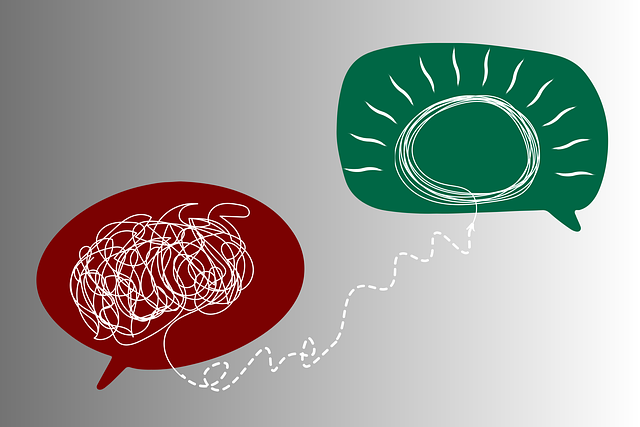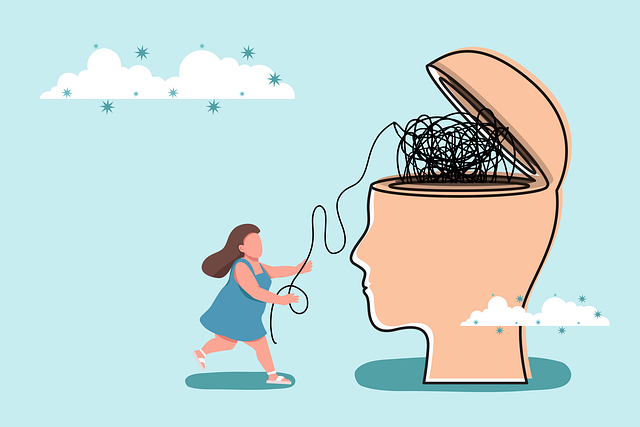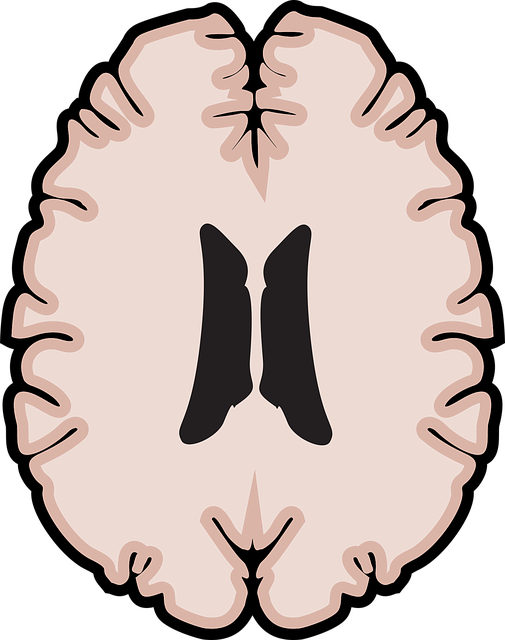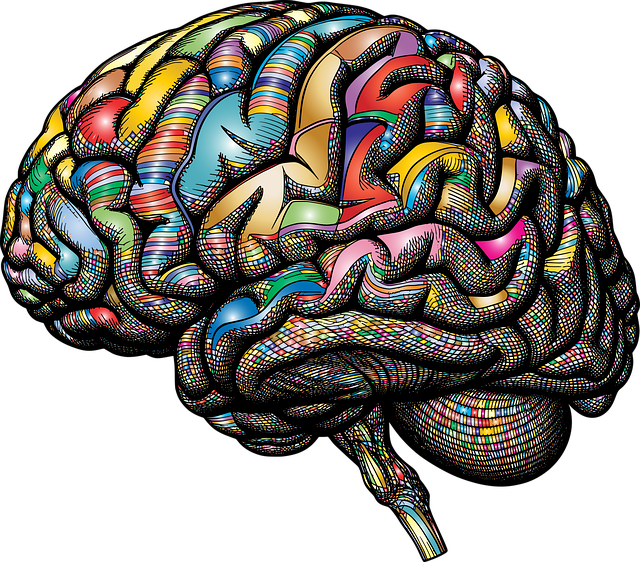In Greenwood Village, the stigma around mental illness, particularly PTSD, hinders access to care. Through education, awareness campaigns, Compassion Cultivation, and emotional regulation practices, this barrier can be broken. Local therapists have developed innovative PTSD therapy approaches using CBT, exposure therapy, and mindfulness, significantly improving patient lives. Community involvement, including forums, workshops, and media representation like the Mental Wellness Podcast Series, normalizes conversations about mental health, reduces stigma, and promotes inclusive access to Greenwood Village Post-Traumatic Stress Disorder Therapy.
Mental illness stigma remains a significant barrier to treatment and recovery, causing individuals to isolate and suffer in silence. This article explores comprehensive strategies to reduce the stigma surrounding mental health issues, focusing on PTSD as a case study through Greenwood Village Post-Traumatic Stress Disorder (PTSD) therapy. We delve into the impact of education, media representation, and community initiatives aimed at fostering understanding and empathy, ultimately challenging societal perceptions and promoting mental wellness.
- Understanding Stigma and its Impact on Mental Health
- Greenwood Village Post-Traumatic Stress Disorder (PTSD) Therapy: A Case Study in Effective Treatment
- Strategies for Reducing Stigma within Communities
- The Role of Education and Media Representation in Challenging Stigma
Understanding Stigma and its Impact on Mental Health

Stigma surrounding mental illness can have profound effects on individuals’ well-being and recovery journeys. It often leads to widespread misconceptions, discrimination, and social isolation, creating a barrier to seeking help for those experiencing difficulties. The impact of stigma is significant, particularly for conditions like Post-Traumatic Stress Disorder (PTSD), which has been increasingly recognized in recent years, even in communities such as Greenwood Village.
Understanding stigma involves recognizing its role in perpetuating fear, shame, and secrecy around mental health issues. This can hinder individuals from openly discussing their experiences, seeking professional support, or sharing symptoms, thereby impeding progress towards recovery. However, efforts to reduce stigma through education, awareness campaigns, and practices like Compassion Cultivation and Emotional Regulation can foster a more supportive environment. These initiatives aim to promote empathy, challenge stereotypes, and encourage open conversations about mental health, ultimately leading to better access to care and improved coping skills development.
Greenwood Village Post-Traumatic Stress Disorder (PTSD) Therapy: A Case Study in Effective Treatment

In Greenwood Village, post-traumatic stress disorder (PTSD) therapy has emerged as a beacon of hope for many individuals grappling with this invisible injury. The innovative approaches employed by local therapists have led to significant improvements in patients’ lives, offering valuable insights into effective treatment methods. Through tailored therapy sessions, these professionals help clients navigate the complexities of PTSD, fostering resilience and promoting healing.
The case study of Greenwood Village highlights successful strategies such as cognitive behavioral therapy (CBT), exposure therapy, and incorporating stress reduction methods like mindfulness meditation. By addressing not just the symptoms but also the underlying causes, therapists facilitate self-esteem improvement, enabling individuals to reclaim their lives. This holistic approach, combined with consistent support, has proven to be a powerful tool in breaking down the barriers of stigma associated with mental health issues.
Strategies for Reducing Stigma within Communities

Reducing stigma around mental illness within communities is a multi-faceted approach that requires collective effort. One effective strategy involves education and awareness campaigns, where local initiatives can play a pivotal role in dispelling myths and misconceptions. By organizing community forums, workshops, or informational sessions focused on mental health topics, residents can gain a deeper understanding of various conditions, such as Post-Traumatic Stress Disorder (PTSD), their symptoms, and treatment options available in Greenwood Village. These platforms encourage open dialogue, fostering an environment where individuals feel comfortable seeking support without fear of judgment.
Additionally, empowering community members with Mind Over Matter principles through workshops or programs can cultivate resilience and promote self-care practices. Encouraging the development of healthy habits, such as regular exercise, adequate sleep, and structured routines, contributes to better mental well-being. Moreover, training local healthcare providers in cultural competency ensures that services are accessible and sensitive to diverse populations’ needs. This holistic approach, combining education, community engagement, and self-care routine development, can significantly impact stigma reduction, making mental health support more inclusive and easily attainable for all.
The Role of Education and Media Representation in Challenging Stigma

Education plays a pivotal role in mental illness stigma reduction efforts. By integrating mental health awareness into school curricula, we can normalize conversations about emotional well-being from an early age. Teaching students about various mental health conditions, their causes, and available treatments helps dispel myths and breaks down barriers. Encouraging open dialogue paves the way for affected individuals to seek help without fear of judgment.
Media representation is another powerful tool in challenging stigma. Portrayals of mental illness in films, television shows, and even podcasts like the Mental Wellness Podcast Series Production can significantly influence public perception. Depicting characters with authentic and nuanced experiences, free from sensationalism or stereotypes, contributes to a more empathetic society. For instance, focusing on the resilience and recovery journeys of individuals dealing with Post-Traumatic Stress Disorder (PTSD) in the Greenwood Village PTSD Therapy context can help viewers understand that mental illness is treatable and recovery is possible.
In conclusion, reducing mental illness stigma is paramount for fostering supportive communities. By understanding its profound impact, as exemplified by Greenwood Village Post-Traumatic Stress Disorder (PTSD) therapy’s success, and implementing strategies like education and media representation, we can create an environment where individuals feel comfortable seeking help. These efforts are essential steps towards a more inclusive society that prioritizes mental well-being for all.














